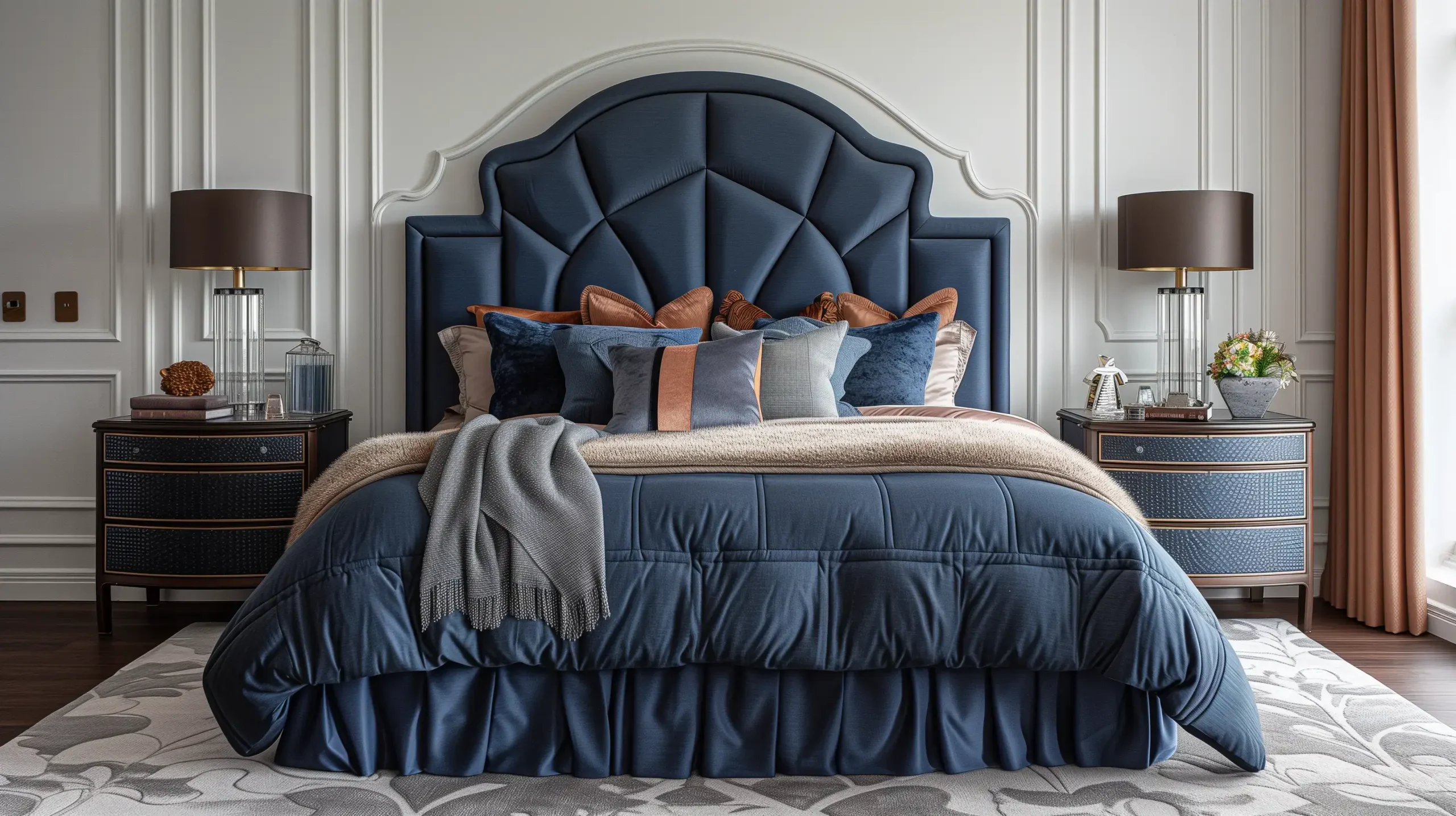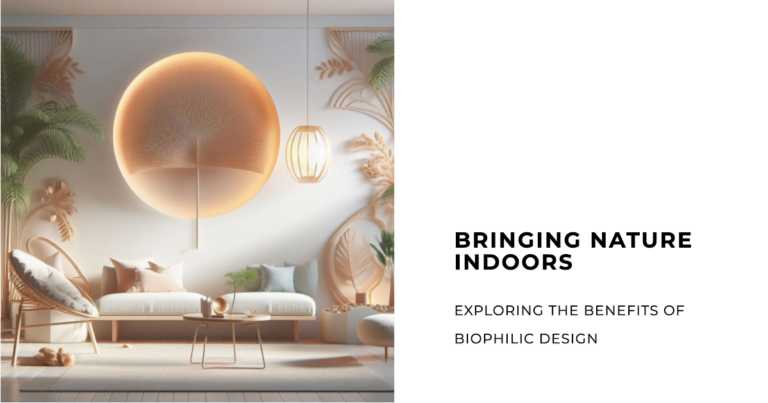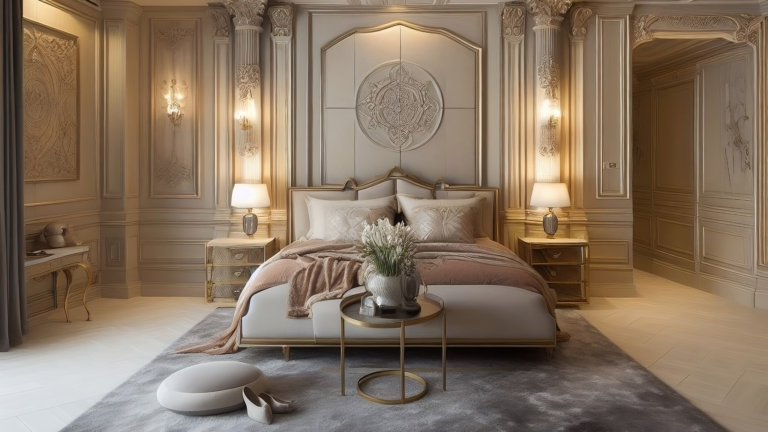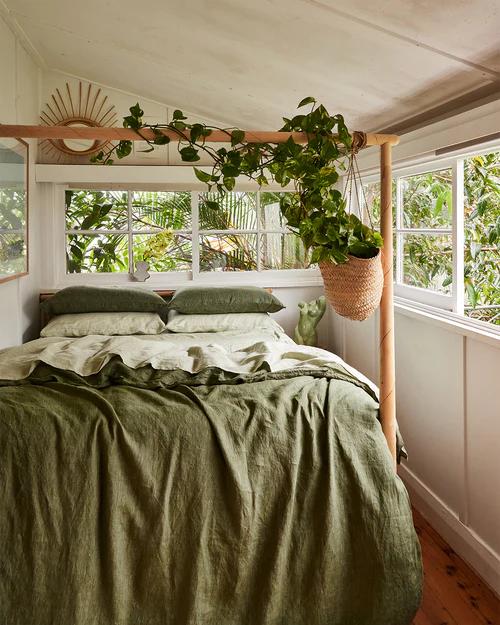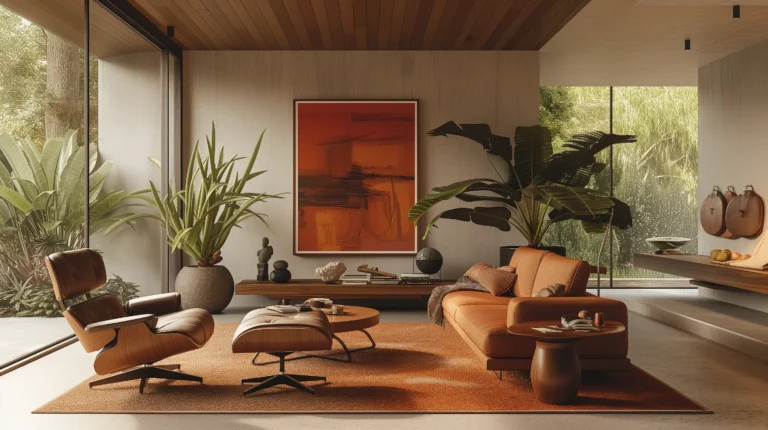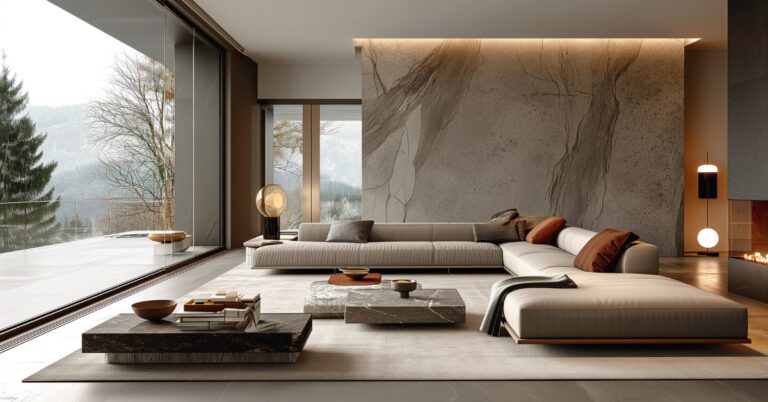Art Deco interior design, where opulence meets geometric elegance in a timeless dance. This guide unlocks the secrets of this iconic style, from its historical roots to modern must-haves.
Get ready to transform your space with luxurious textures, bold patterns, and a touch of 1920s glamour.
Characteristics of Art Deco Interior Design Style
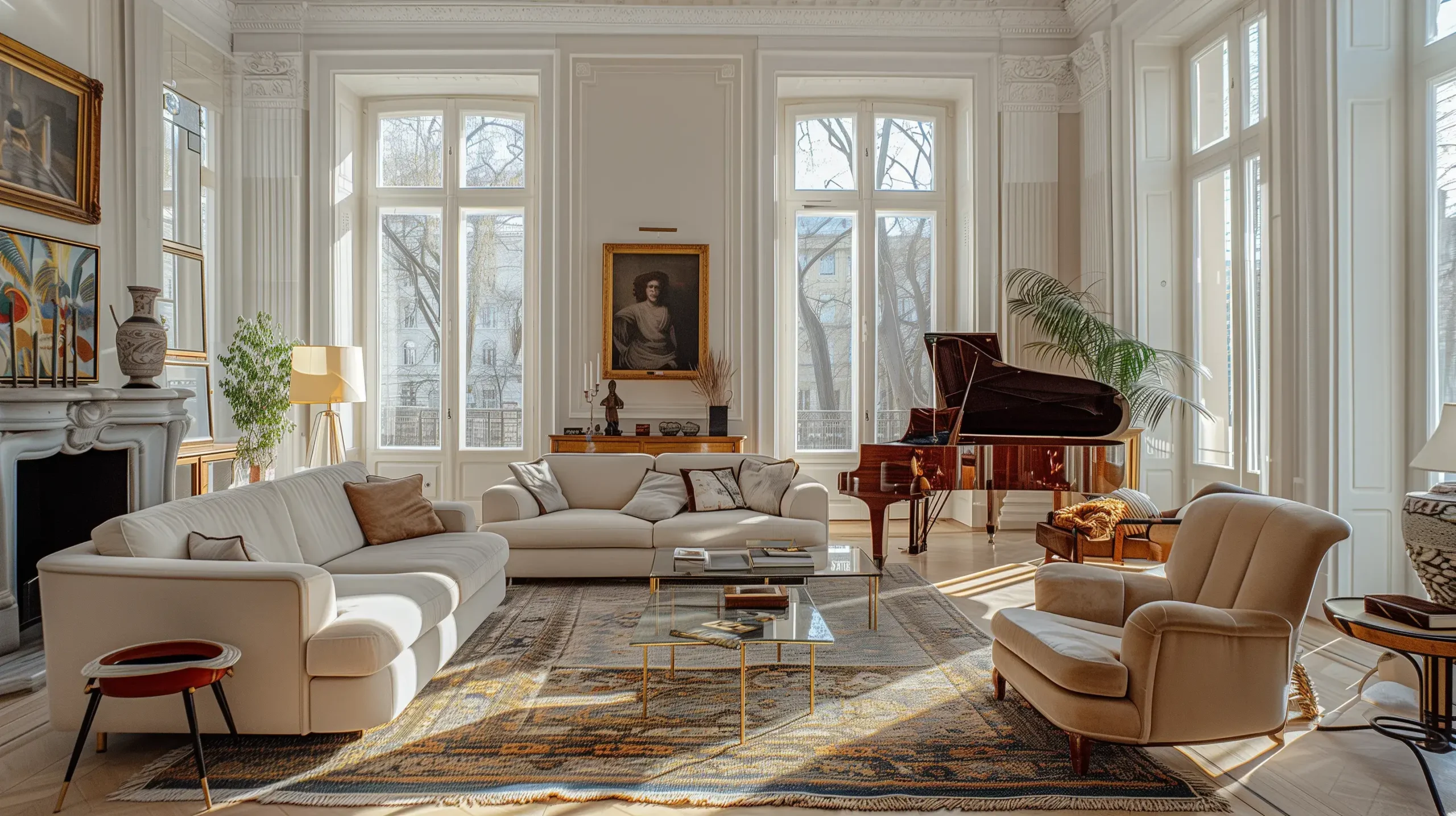
Art Deco interior design style, a world where luxury meets geometry, creating spaces that are as elegant as they are bold. This style is distinguished by several key features that make it unmistakable and timeless.
At the heart of Art Deco‘s distinctive aesthetic is its emphasis on geometric shapes and symmetrical patterns. Think zigzags, chevrons, and sunburst motifs that are not only on walls and floors but also on furniture and decor. These elements draw on the style’s roots in the excitement of the early 20th century, symbolizing progress and the embrace of the industrial age.
Luxurious materials play a pivotal role in achieving the Art Deco look. Velvet upholstery adds a touch of softness and depth to the bold lines of Art Deco furniture, while chrome accents reflect the era’s fascination with machinery and innovation. Glass, often etched or stained, contributes to the opulence, along with lacquer and marble, enhancing the interior’s visual appeal and texture.
Art Deco is also known for its use of bold colors and rich textures, creating a visually stimulating environment that feels both modern and nostalgic. From deep blues and greens to vibrant reds and golds, the color palette is as diverse as it is dramatic, perfectly complementing the metallic tones of chrome and brass fixtures.
Light fixtures in Art Deco design are not merely functional but are considered artistic statements, often featuring congruous shapes and made from luxurious materials to match the overall decor. Similarly, furniture pieces are characterized by their streamlined forms and exotic materials, including ebony and ivory inlays, that signify Art Deco’s opulent style.
Through these distinctive features and aesthetics, Art Deco interior design creates spaces that are both a nod to the past and a celebration of the present. It’s a style that encourages boldness in design choices, blending luxurious materials with geometric patterns to craft interiors that are as impactful as they are beautiful. Whether through a stunning Art Deco lamp or a meticulously designed Art Deco room, the style’s influence continues to enchant and inspire.
Elements of Art Deco Style
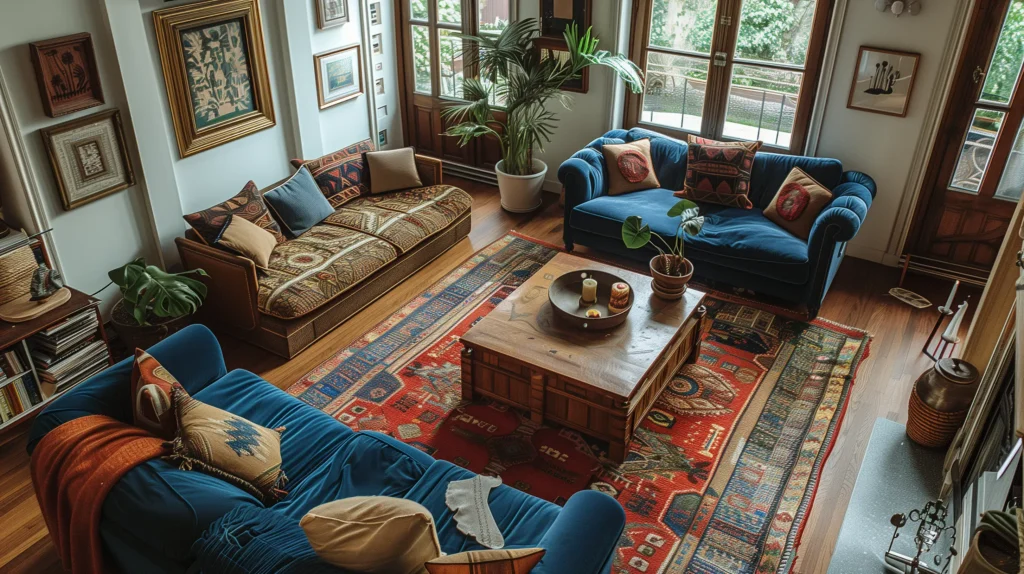
Art Deco is synonymous with luxury and sophistication, with its design deeply rooted in the harmonious blend of regular patterns, bold lines, and lavish detailing. Understanding these core elements unlocks the essence of the Art Deco aesthetic, allowing for a deeper appreciation of its enduring appeal.
- Geometric Patterns and Bold Lines: The essence of Art Deco design lies in its emphasis on order and symmetry. Shapes like triangles, trapezoids, and zigzags are juxtaposed with sweeping curves and angular forms, creating dynamic visuals that are both striking and elegant. These patterns can be found everywhere, from the wallpaper to the structure of furniture, embodying the movement’s fascination with the modern world.
- Color Palettes: Art Deco interiors are known for their bold use of color. Contrasting schemes featuring black and gold, deep reds, greens, and blues, alongside softer pastels, provide a backdrop that is both vibrant and sophisticated. These colors enhance the inherent luxury of the space, making each room feel like a statement piece.
- Art Deco Furniture: Furniture in this style is as much about form as it is about function. Streamlined, with a focus on sleek, clean lines, Art Deco furniture often incorporates exotic woods, glossy finishes, and metallic accents. Inlays and lacquering add a level of detail and sophistication that is unique to the style, with each piece designed to stand out as a work of art.
Geometric Shapes in Art Deco Design
Geometric forms are not just decorative elements in Art Deco; they are the foundation of its design philosophy. These shapes convey a sense of order and progress, reflecting the era’s optimistic outlook and the influence of industrialization.
- Iconic Geometric Motifs: The sunburst pattern, emblematic of the Art Deco era, captures the spirit of optimism of the time. Similarly, stepped patterns reminiscent of skyscrapers illustrate the style’s embrace of modernity and urban growth. These motifs, whether in the detailing of a squiggle mirror or the facade of a building, are instantly recognizable and key to achieving an authentic Art Deco aesthetic.
Velvet and Luxury Materials in Art Deco
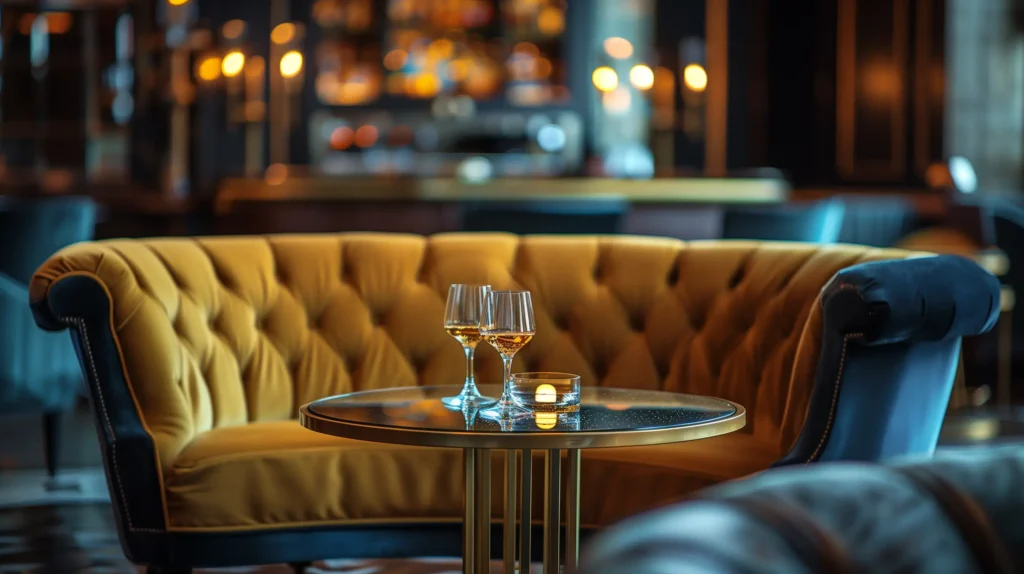
The use of luxury materials is paramount in creating the unmistakable Art Deco look. Velvet, with its deep hues and soft texture, contrasts beautifully with the hard lines of metallic and glass accents, adding a layer of richness and comfort.
- Metals and Glass: Chrome, brass, and silver are used extensively in Art Deco interiors, from furniture frames to lighting fixtures. Glass, often frosted or tinted, complements these metals, providing a sleek, modern finish that is both luxurious and functional.
- Incorporating into Modern Interiors: To infuse a space with the glamour of Art Deco, consider velvet upholstered seating or metallic accents in lighting and hardware. A statement piece, such as a glass-topped coffee table with a geometric metal base, can serve as a focal point that ties the room together.
By embracing these elements, you can bring the elegance and sophistication of Art Deco style into any space, blending historical opulence with contemporary design sensibilities.
Art Deco Architecture vs. Art Deco Interior Design
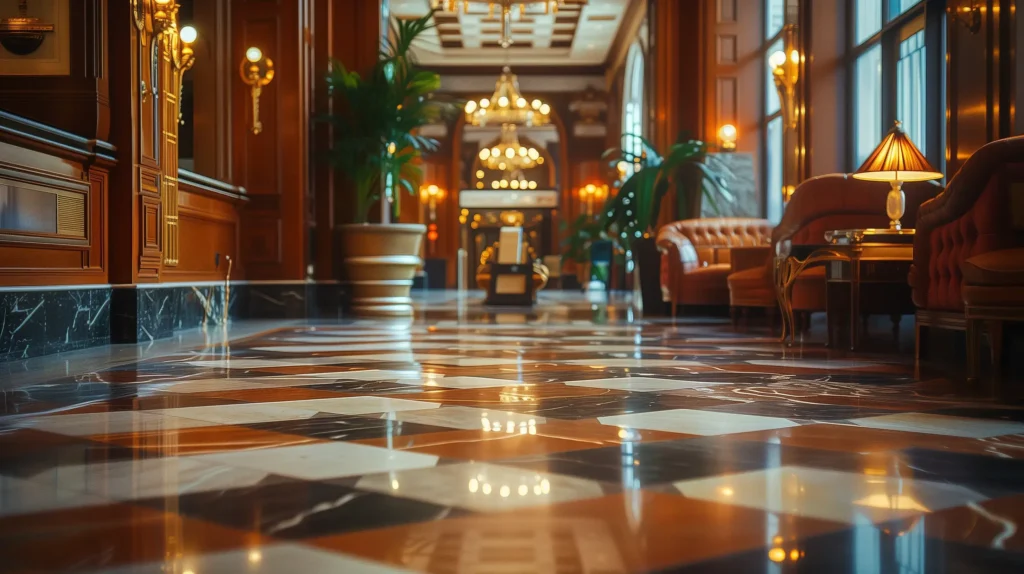
When exploring the world of Art Deco, it’s fascinating to see how the movement’s architectural marvels influence its interior design choices. Both share the same foundational principles—geometric shapes, bold lines, and a penchant for luxury—yet they express these elements in uniquely impactful ways.
- Architectural Elements: Art Deco architecture is renowned for its grandeur and scale, characterized by facades adorned with geometric motifs, vertical lines, and often, dramatic entrances. Buildings like the Chrysler Building and the Empire State Building showcase the style’s love for height and symmetry, with stepped or tiered designs that mimic the modern skyline.
- Interior Design Elements: Inside, Art Deco interior design translates these architectural principles into a more intimate scale. Geometric patterns found on exteriors are echoed in room layouts, furniture designs, and decorative details. The boldness of Art Deco architecture’s external facades is mirrored in the interior’s confident color schemes and the use of reflective materials like chrome and mirrors.
Influence of Architecture on Interior Choices: The grandiosity and opulence of Art Deco architecture significantly influence interior design decisions. For instance, the use of metals such as chrome and brass in architectural details encourages a similar embrace of these materials in interior fixtures and furniture. The architectural emphasis on vertical lines and symmetry informs the layout and arrangement of spaces, encouraging a sense of balance and proportion within Art Deco-styled interiors.
Additionally, the architectural celebration of technological advancement and luxury is reflected in the choice of luxurious materials and innovative designs for furniture and decor. For example, the sleek, streamlined forms of Art Deco buildings inspire similarly shaped furniture, while architectural motifs like sunbursts and zigzags become common patterns in everything from wallpaper to fabric designs.
Art Deco architecture and interior design are two sides of the same coin, each influencing and complementing the other. The architectural elements not only dictate the structure and form of Art Deco buildings but also inspire the interior design choices that define the spaces within, creating a cohesive and unmistakably luxurious style that continues to captivate and inspire.
Incorporating Art Deco Elements into Modern Interiors

Blending Art Deco elements into modern interiors offers a unique opportunity to infuse your space with the glamour and sophistication of the 1920s while meeting today’s design needs.
Here are some practical tips for combining Art Deco aesthetics with modern functionality:
- Start with Geometric Patterns: One of the easiest ways to introduce Art Deco flair is through geometric patterns. Consider adding a geometric-patterned wallpaper or an area rug to instantly elevate the room’s look. These patterns can serve as a subtle nod to Art Deco’s love for symmetry and boldness without overwhelming the space.
- Use Bold, Streamlined Furniture: Opt for furniture that echoes the streamlined, sleek forms characteristic of Art Deco. Look for pieces with rich woods, glossy finishes, or metallic accents. A single statement piece, such as an Art Deco-inspired armchair or a cocktail cabinet, can serve as a focal point and blend seamlessly with more contemporary items.
- Incorporate Luxurious Materials: Materials like velvet, chrome, and glass play a central role in Art Deco design. Introducing these materials through accessories, lighting fixtures, or upholstery can add a layer of luxury to the room. For instance, a velvet sofa or chrome light fixtures can bridge the gap between the past and present, adding depth and interest to a modern interior.
- Play with Lighting: Art Deco lighting fixtures are known for their bold and decorative designs. Incorporating modern reproductions of Art Deco lamps or chandeliers can illuminate your space while adding a vintage touch. Choose pieces with geometric shapes and metallic finishes to stay true to the Art Deco style.
- Balance with Modern Elements: To ensure your space doesn’t feel like a time capsule, balance Art Deco elements with modern design principles. Keep the overall palette neutral and use Art Deco features as accents. Modern art, clean lines, and technology-integrated furniture can coexist beautifully with Art Deco details, creating a space that’s both timeless and functional.
- Accessorize Thoughtfully: Art Deco accessories, such as mirrors with sunburst frames, decorative trays, and sculptural pieces, can add the finishing touches to your interior. These items not only serve as nods to the Art Deco era but also add personality and charm to your home.
Incorporating Art Deco elements into modern interiors is about finding the right balance between old-world glamour and contemporary needs. By selectively integrating key Art Deco features, you can create a space that honors the past’s aesthetic achievements while embracing the practicalities of modern living.
Example of Art Deco Interior Design
Exploring successful Art Deco interior design examples provides valuable insights into how this iconic style can be adapted to various rooms in a modern home.
Here are a couple of case studies that exemplify the Art Deco theme’s versatility and timeless appeal:
Case Study 1: The Living Room Transformation
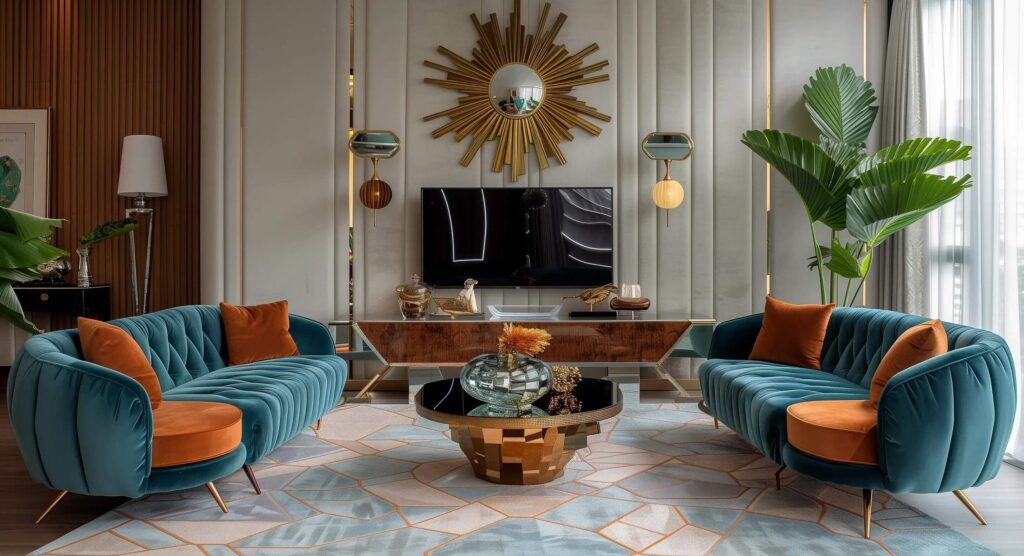
In a recent renovation, a once bland living room was transformed into an Art Deco masterpiece. The design incorporated geometric patterns on the area rug, complemented by bold, streamlined furniture with velvet upholstery and chrome details. A large, sunburst mirror served as the focal point, reflecting light and adding depth.
The color palette stayed true to Art Deco’s preference for bold yet sophisticated hues, featuring deep greens and gold accents. Modern touches, like a sleek flat-screen TV and smart lighting, were seamlessly integrated, proving that technology and vintage glamour can coexist beautifully.
Case Study 2: An Art Deco Bedroom Retreat
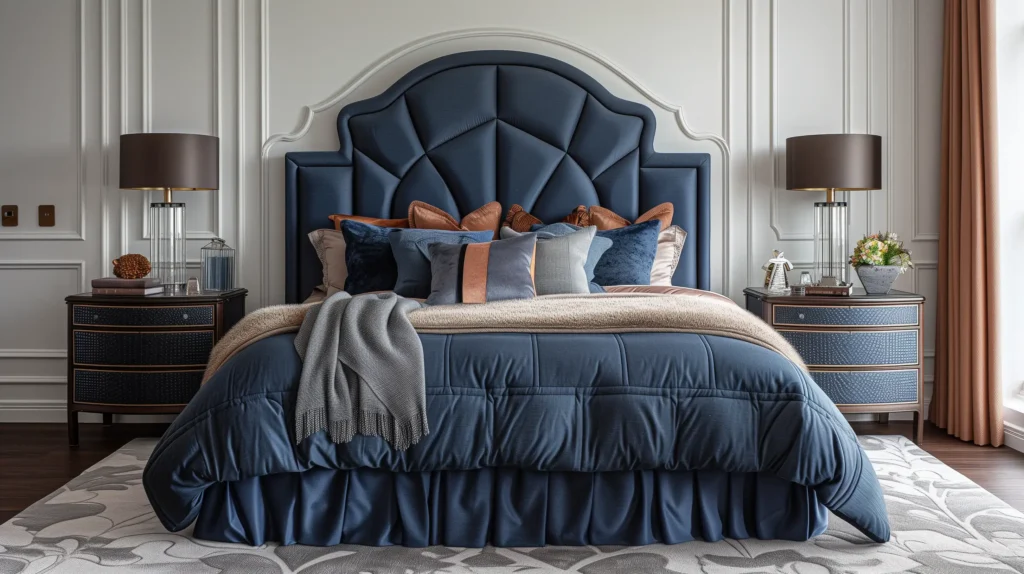
Another remarkable example is an Art Deco-inspired bedroom that balances luxury with comfort. The bed featured a high, lacquered headboard with inlaid geometric patterns, a nod to the era’s love for exotic and luxurious materials. Symmetrical nightstands with chrome lamps flanked the bed, while the soft velvet carpeting added warmth and texture.
The room’s color scheme, a mix of rich blues and metallics, created a serene yet opulent atmosphere. Modern conveniences were not overlooked, with built-in USB ports in the nightstands and an Art Deco-themed smart thermostat controlling the environment.
Achieving an Art Deco Theme in Various Rooms
- Start with a Focal Point: Choose an Art Deco-inspired piece, like a bold piece of wall art or a statement light fixture, to anchor the room.
- Incorporate Signature Materials: Use velvet, chrome, and glass throughout the space for a cohesive look.
- Add Geometric Details: Whether through wallpaper, tile work, or textiles, geometric patterns can define spaces within an Art Deco-themed interior.
- Choose Bold Colors Wisely: Stick to a sophisticated palette, accenting neutral bases with pops of Art Deco colors like teal, gold, or black.
- Mix in Modern Elements: Ensure the space remains functional and contemporary by blending in modern technologies and furniture with clean lines.
These case studies demonstrate the adaptability of Art Deco design to contemporary living, offering a blueprint for infusing spaces with the elegance and drama of the 1920s while maintaining modern comfort and functionality.
Selecting Art Deco Furniture and Deco Elements
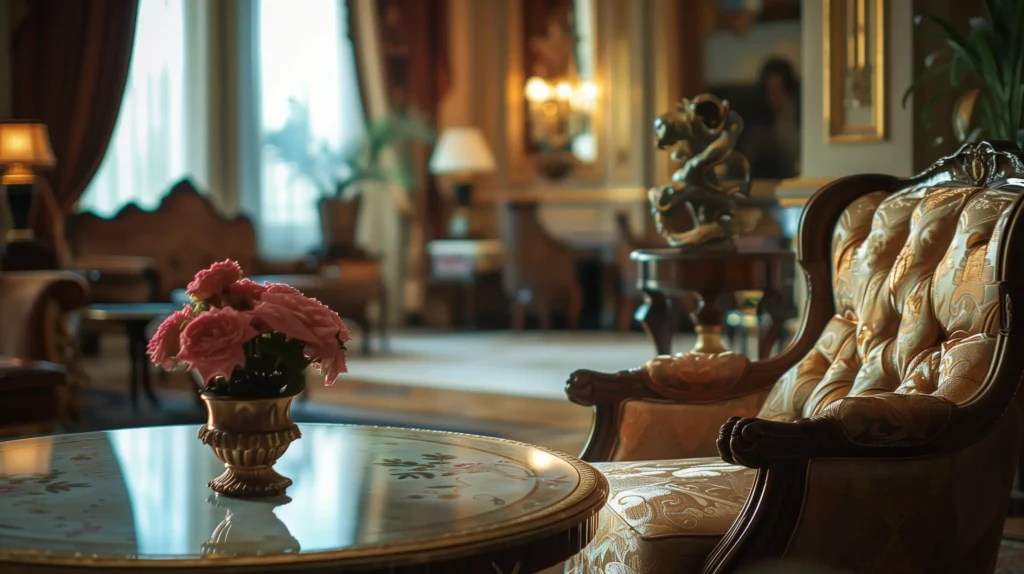
Choosing Art Deco furniture and decorative elements requires an eye for style, an appreciation for history, and a desire for a touch of glamour in your living space. Here’s how you can select pieces that not only pay homage to the Art Deco era but also blend beautifully with contemporary interiors.
Guide to Choosing Art Deco Furniture Pieces
- Look for Streamlined Shapes: Art Deco furniture is known for its sleek, streamlined forms. Opt for pieces with strong, geometric shapes and clean lines, such as a rounded armchair with a high, glossy back or a symmetrically designed console table.
- Consider Material and Finish: True Art Deco pieces often feature luxurious materials like ebony, mahogany, and exotic veneers, accented with chrome, brass, or glass. Reproductions or Art Deco-inspired pieces might use more accessible materials but still focus on high-gloss finishes and metallic details to capture the era’s opulence.
- Choose Bold, Geometric Patterns: Furniture that incorporates geometric patterns, either in its structure or upholstery, will instantly give a room Art Deco credibility. Look for zigzags, chevrons, and sunburst motifs to add dynamism to your space.
Accessorizing with Art Deco Elements for Full Effect
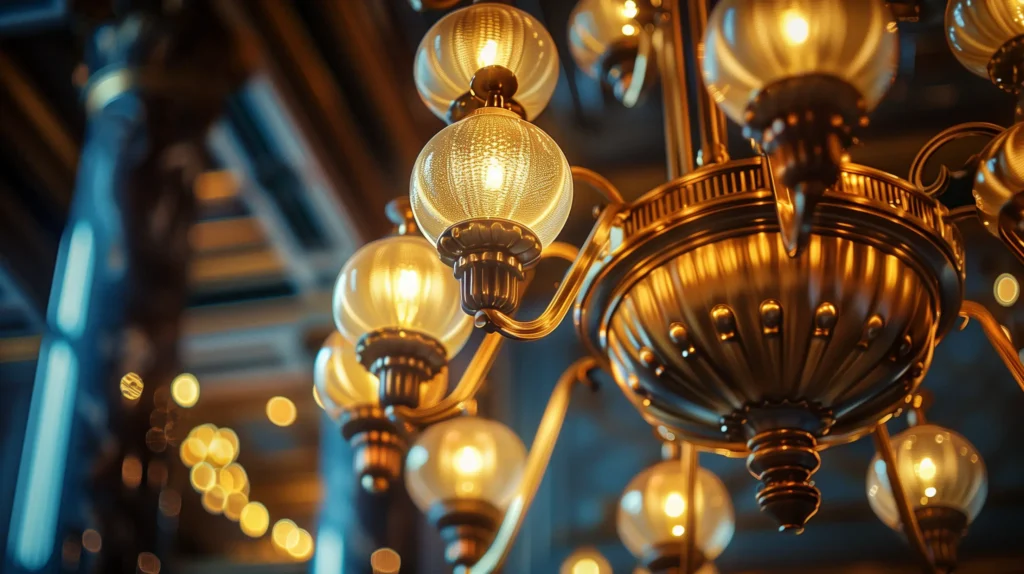
- Incorporate Iconic Art Deco Motifs: Decorative elements featuring iconic Art Deco motifs like sunbursts, fans, and scallops can add authentic flair to your interior. Consider mirrors, clocks, and wall art that showcase these designs.
- Use Lighting as a Decorative Feature: Art Deco lighting fixtures, including table lamps, chandeliers, and sconces, often feature geometric shapes and are made from luxurious materials like frosted glass and chrome. These can serve as both functional and decorative pieces, adding warmth and style to any room.
- Add Glamour with Textiles: Velvet and silk in rich colors can bring softness and depth to the geometric rigidity of Art Deco design. Use these textiles for curtains, throw pillows, or upholstery to introduce texture and color.
- Decorative Accents: Chrome or brass figurines, geometric patterned vases, and lacquered boxes are perfect for adding Art Deco elegance to shelves and tabletops. These small touches can make a big impact, tying the room’s design together.
- Mirror and Glass Decor: Mirrored surfaces and decorative glass pieces reflect light and add a sense of space and luxury, key elements of Art Deco design. Consider a mirrored tray for a coffee table or a glass sculpture as a centerpiece.
By thoughtfully selecting Art Deco furniture and decor elements, you can create a space that feels both timeless and tailored to modern living. It’s about striking a balance between the era’s lavish aesthetics and the functionality required by today’s standards, crafting interiors that are as comfortable as they are stylish.
The Art Deco Theme: Bringing the 1920s into Today’s Homes
Embracing an Art Deco theme means more than just incorporating select pieces; it’s about weaving a sense of the 1920s’ opulence, innovation, and bold aesthetic into the fabric of today’s homes. Creating a cohesive Art Deco theme requires careful consideration of colors, materials, and patterns to ensure each room feels connected to this iconic style while remaining functional and comfortable for modern living.
Creating a Cohesive Art Deco Theme
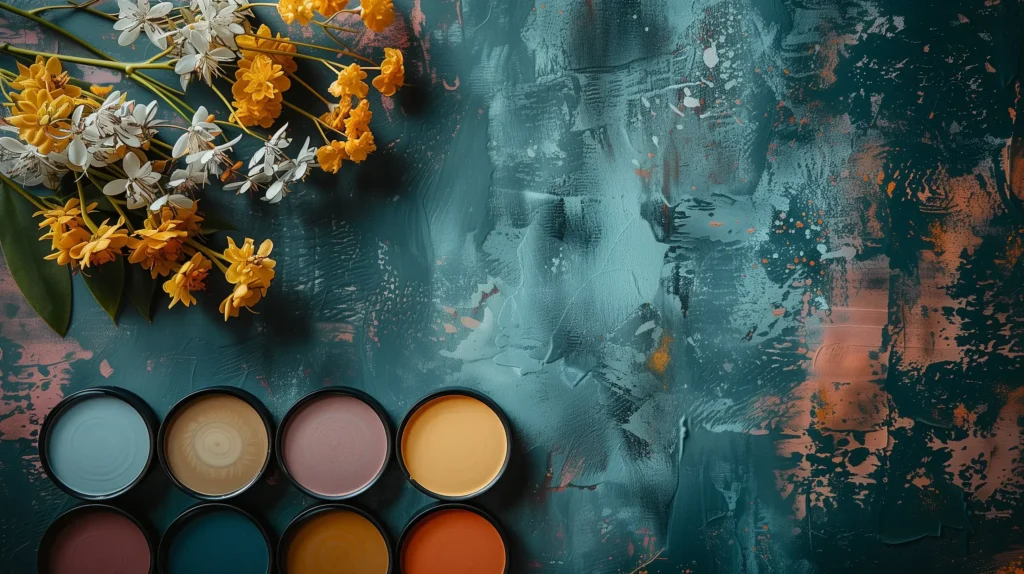
- Consistent Color Palette (as above): Choose a color scheme that reflects the Art Deco era—think bold and sophisticated hues like navy blue, emerald green, and metallic gold and silver. Carry this palette throughout your home to maintain a unified look.
- Geometric Patterns: Implement geometric patterns in wallpapers, flooring, and textiles to tie different spaces together. Consistency in these designs will help create a flow from room to room, reinforcing the Art Deco theme throughout your home.
- Strategic Use of Luxurious Materials: Incorporate luxurious materials such as marble, chrome, and velvet in various elements across your spaces. From kitchen countertops to living room furniture and bathroom fittings, these materials can serve as a common thread that links each room to the Art Deco style.
- Art Deco Lighting: Lighting plays a crucial role in setting the mood and defining the space. Use Art Deco-inspired lighting fixtures, such as chandeliers with geometric glass shades or chrome sconces, to illuminate your home with style and elegance.
Inspiration from the 1920s for a Modern Home
- Embrace Boldness in Design: The 1920s were all about making a statement. Translate this to your modern home by choosing bold Art Deco artwork, sculptural furniture, and dramatic accent pieces that capture the era’s essence.
- Incorporate Technology Seamlessly: While maintaining the aesthetic of the 1920s, ensure your home meets today’s technological needs. This can include integrating smart home features in an unobtrusive manner or selecting appliances that offer a nod to the Art Deco style without sacrificing functionality.
- Mix and Match with Modern Elements: To prevent your home from feeling like a museum, blend Art Deco elements with contemporary design principles. Modern minimalist pieces can complement the opulence of Art Deco, creating a balanced and livable space that honors both the past and the present.
- Personal Touches: Finally, infuse your space with personal items that reflect your style. Art Deco is as much about personal expression as it is about following specific design rules. Incorporating family heirlooms, contemporary art, or modern textiles can add a layer of warmth and individuality to your Art Deco-themed home.
The History of Art Deco
The journey of Art Deco design style begins in the early 20th century, marking a significant shift in the world of architecture and interior design. Born out of a desire to merge the artistic with the functional, Art Deco emerged as a beacon of modernity amidst a rapidly changing society.
Art Deco’s origins can be traced back to the International Exhibition of Modern Decorative and Industrial Arts, held in Paris in 1925. This event was a showcase of the world’s advancement, embodying the era’s technological progress and cultural dynamism. It was here that Art Deco announced its presence, characterized by its bold departure from the flowing lines of Art Nouveau to embrace dimensional precision and symmetry.
The 1920s played a crucial role in Art Deco’s rise to prominence. This era, often referred to as the Roaring Twenties, was a time of economic prosperity and cultural flourishing in the West. It provided the perfect backdrop for Art Deco to thrive, reflecting the society’s optimism and the newfound love for innovation and luxury.
Transitioning from Art Nouveau to Art Deco was like stepping into a new age. Where Art Nouveau was all about organic forms and intricate details, Art Deco embraced the machine age with its streamlined shapes and a focus on materials like chrome, glass, and lacquer. This shift wasn’t just aesthetic; it represented a broader societal transformation towards modernity and efficiency.
Art Deco wasn’t confined to the decorative arts; it was a holistic design movement that influenced buildings, furniture, jewelry, and even fashion. Its key influences included the bold geometric patterns of African and Egyptian art, the streamlined technology of the era, and the opulent style of the Ballet Russes. Together, these influences created a design language that was both international and iconic, making Art Deco a defining style of the early 20th century.
It’s clear that this style was more than just an aesthetic trend; it was a symbol of an era marked by progress and forward-looking optimism. From the luxurious interiors of Art Deco buildings to the sleek lines of its furniture, the legacy of Art Deco offers endless inspiration for those looking to bring a touch of the 1920s glamour into the modern day.
The Art Deco theme. It’s about capturing the spirit of an era known for its boldness, innovation, and flair for the dramatic, all while accommodating the comforts and conveniences of contemporary life.
Conclusion
The journey through the world of Art Deco interior design reveals a style that transcends time, offering a unique blend of opulence, sophistication, and geometric precision. Its timeless appeal lies in its ability to infuse spaces with a sense of grandeur and elegance, while still embracing the functional needs of modern living. From the bold geometric patterns and luxurious materials to the streamlined forms and rich color palettes, Art Deco offers endless inspiration for those looking to add a touch of historical glamour to their homes.
As we’ve explored, incorporating Art Deco elements into contemporary interiors doesn’t mean living in a past era. Instead, it’s about taking cues from the design movement to create spaces that feel both luxurious and comfortably modern. Whether through statement furniture, strategic use of materials, or subtle decorative accents, the Art Deco style provides a framework for creativity and personal expression.
I encourage you to explore the Art Deco style in your personal spaces, whether you’re undertaking a full renovation or simply looking to refresh your decor. Start small with Art Deco-inspired accessories or dive deep with geometric wallpapers and opulent lighting—there’s a spectrum of possibilities to discover. Remember, the goal is to blend the best of the 1920s aesthetics with the convenience and simplicity of today, creating interiors that are both striking and sustainable.
Embrace the Art Deco theme as a source of inspiration for your design projects, and let the elegance and boldness of this iconic style guide you in crafting spaces that are not only visually stunning but also deeply personal. In doing so, you’ll find that the spirit of the Art Deco era—its optimism, its innovation, and its flair for the dramatic—can live on in the heart of your home, offering beauty and inspiration for years to come.

